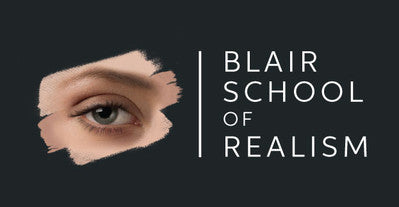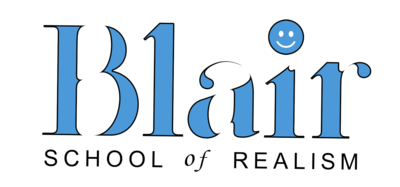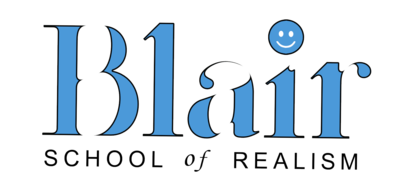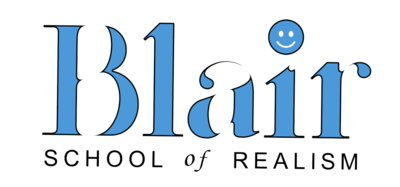
Have you ever tried to correct a portrait mistake with white, or a buffered color, only to discover an ugly gray spot appearing at the repair site?
You've been a victim of the blue shift: A phenomenon associated in airbrushing with light paint over dark. The mechanism is not clearly understood, but it manifests in frustrating ways.
Up until now, I haven't thought to quantitatively measure the blue shift, but thanks to some measuring tools and a bit of software, I'm going to give it a shot.
In the image below you can see a skin tone with some numbers associated with it. A buffered skin tone was applied, then on the lower half a light layer of white paint was applied. Samples 1-4 were taken from the skin tone, and 5-8 were taken from the area where white was appled.
 (figure 1)
(figure 1)Note the grouping of samples 1-4 vs 5-8 and where they lie on the graph. The first group is more saturated than the second group, demonstrating the impact that white as on saturation. The color wheel graph supports this, showing the second group shifted slightly toward the blue side of the color wheel.
The white paint impacted the overall value of the skin tone, but not as much as the saturation was affected by the blue shift, moving around 10%.
The question remained about how much blue is contributed by this phenomenon, so I sprayed white over a mixture of cerulean blue and white (figure 2).

(figure 2)
In this test, samples 1 and 2 represent the pure blue spray out, and samples 3 and 4 refer to the areas over which white was applied.
The white had a higher impact on the value than with the skin tone, but this time, instead of increasing the saturation of the blue, the saturation of the blue was diminished, indicating that the blue shift is more of a blue-gray shift.
The Phase Shift

(figure 3)
Another mystery is the phase shift (figure 3) which occurs at around 97-100% coverage when spraying a buffered color (sample 1). Less coverage results in a higher saturation (Sample 2), than the drop of paint (sample 3) and the full coverage (sample 1). Note the sample drop of paint at the upper left and full coverage are at the same value, but the saturation is lower in the sample applied with the airbrush.
Causes and solutions
No one knows exactly what causes the blue shift, but some speculate that an oxygen vacancy in the Titanium white pigment is to blame, although the shift is seen in other pigments as well. Particle size has also been cited, but efforts to reduce particle size have not improved the outcome.
I discovered in the early eighties that the optical shift could be somewhat countered by the addition of orange to white when painting skin tones. This "correcting color" is sort of like adding the antidote to the poison ahead of time!
What ratio of orange to white is necessary to create a correcting color? It depends on the color you are attempting to adjust. The more orange in your repair area, the more orange you need in the mix. For repair areas that are blue, such as a sky repair, you would probably need no orange in the white. In most cases, a 3 to 1 ratio of white to orange is a good starting point.




